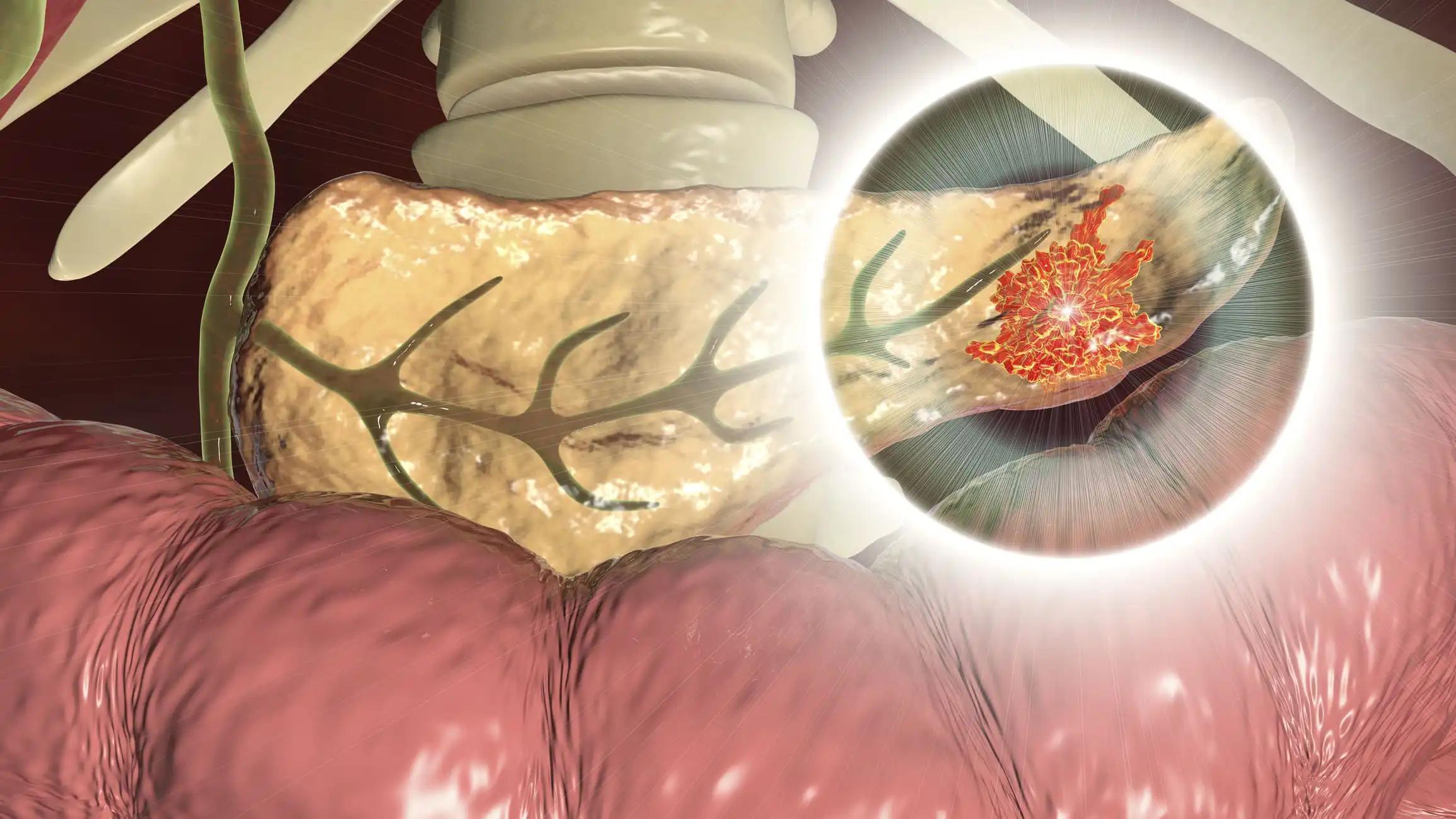KEY TAKEAWAYS
- TALAPRO-3 is a phase 3, double-blind, randomized trial to evaluate the efficacy of TALA, a PARP inhibitor, in combination with ENZA.
- The study will enroll approximately 550 patients with mCSPC harboring DDR-HRR alterations, stratified according to de novo mCSPC vs. relapsed mCSPC, high-volume disease vs. low-volume disease, and BRCA vs. non-BRCA mutational status.
- Key eligibility criteria for the study include age ≥18 years, histological diagnosis of prostate cancer, alterations in at least one of 12 DDR/HRR genes known to sensitize patients to PARPi, and metastatic disease (no brain metastases).
- The study’s primary endpoint is radiographic progression-free survival, while secondary endpoints include overall survival, safety, and patient-reported outcomes.
Metastatic castration-resistant prostate tumors with changes in DNA damage response (DDR) genes involved directly or indirectly in homologous recombination repair (HRR) have responded well to the PARPi TALA. Established treatment for mCSPC, ENZA is an androgen receptor (AR) inhibitor. Inhibiting PARP activity may improve sensitivity to AR-directed therapeutics because it has been proven to support AR function. To add insult to injury, it has been theorized that the “BRCAness” phenotype is induced by AR blockage, downregulating HRR gene regulation.
Results from these studies indicate that TALA combined with ENZA may considerably enhance clinical outcomes for males with mCSPC and DDR-HRR abnormalities. Here, we offer the TALAPRO-3 (NCT04821622) study, a randomized, trial that will evaluate the efficacy of TALA plus ENZA versus placebo plus ENZA in this situation. Around 550 individuals with DDR-HRR-altered mCSPC will be randomly assigned to receive either TALA (0.5 mg QD) with ENZA (160 mg QD) or placebo (QD) plus ENZA (160 mg QD).
Patients will be divided into groups based on their mutation status (de novo mCSPC vs. relapsed mCSPC), the extent of their disease (high-volume disease vs. low-volume disease; high-volume disease is defined as the presence of visceral metastases or 4 bone lesions with 1 beyond the vertebral bodies and pelvis), and whether or not they carry the BRCA1 or BRCA2 gene. Age >=18 years, a histological diagnosis of prostate cancer, changes in at least one of 12 DDR/HRR genes known to sensitize patients to PARPi (ATM, ATR, BRCA1, BRCA2, CDK12, CHEK2, FANCA, MLH1, MRE11A, NBN, PALB2, RAD51C), and metastatic disease are essential inclusion criteria (no brain metastases).
The main outcome is time to radiographic progression (defined as time to radiographic progression in soft tissue per Response Evaluation Criteria in Solid Tumors version 1.1 or in bone per Prostate Cancer Working Group 3 criteria by investigator or death). Overall survival, safety, and patient-reported outcomes are secondary objectives. Over 285 locations in 27 countries (including the US and Europe, South America, South Africa, and Asia-Pacific) are planning or actively recruiting patients. As of 30 September 2022, 319 participants had been assigned to the study’s treatment arm.
Source: https://meetings.asco.org/abstracts-presentations/217241
Clinical trial: https://clinicaltrials.gov/ct2/show/NCT04821622
Saeed A, Park R, Dai J, Al-Rajabi R, Kasi A, Baranda J, Williamson S, Saeed A, Ripp J, Collins Z, Mulvaney K, Shugrue M, Firth-Braun J, Godwin AK, Madan R, Phadnis M, Sun W. Cabozantinib plus durvalumab in advanced gastroesophageal cancer and other gastrointestinal malignancies: Phase Ib CAMILLA trial results. Cell Rep Med. 2023 Feb 21;4(2):100916. doi: 10.1016/j.xcrm.2023.100916. Epub 2023 Jan 25. PMID: 36702123; PMCID: PMC9975105.



